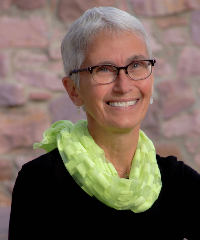Please complete your formal training to unlock the ability to create GLOBE Blogs.
See Training > User Roadmaps in the site navigation to learn more.
I decided to have two controls for my experiment: plain water and sugar water. Since I am testing how mosquitoes react to flowers; specifically, the number of eggs I collect, I wanted to get more variant data by having plain water and sugar water. After the first week of my experiment, I saw that many ants infested the sugar water (as anticipated), however, I found more mosquito larvae in the...

For 4 weeks this summer, much like other Earth Explorer interns, I built a few mosquito traps and set them out near my home within my AOI. I’m located in sunny Plano, Texas, near a creek. To set up my traps, I first bought 4 large, 2 Liter soda bottles, drank a small bit, and emptied the rest out. I know we shouldn’t eat in the lab, but let’s just say the experiment started after the bottles...

For my experiment, I decided to test the effect of sunlight and different colored traps on number of mosquito larvae. I started my experiment by gathering six white buckets. I then painted two of them red and two of them blue. I also covered each bucket with a sealant. After the buckets were prepared, I placed a white, red and blue bucket directly in the sunlight. The remaining three...

Introduction To follow along with NASA GLOBE’s mission to encourage public involvement in mosquito observation research, I decided to conduct a small experiment to determine preferred mosquito habitats. I’m writing this blog about my experience to encourage people to become citizen scientists as well and take part in the GLOBE Observer App’s mission [1]! Hypothesis Since mosquitos most...

Introduction California is home to 53 mosquito species, including many that serve as vectors for diseases like West Nile, Malaria, and Dengue. In my county of California, Santa Clara, mosquitoes from the genus Culex and Aedes are most common. For mosquitos to keep their population flourishing, female mosquitos lay eggs in stagnant containers of water. These eggs then go through the mosquito...
Showing 36 to 40 of 68 entries.